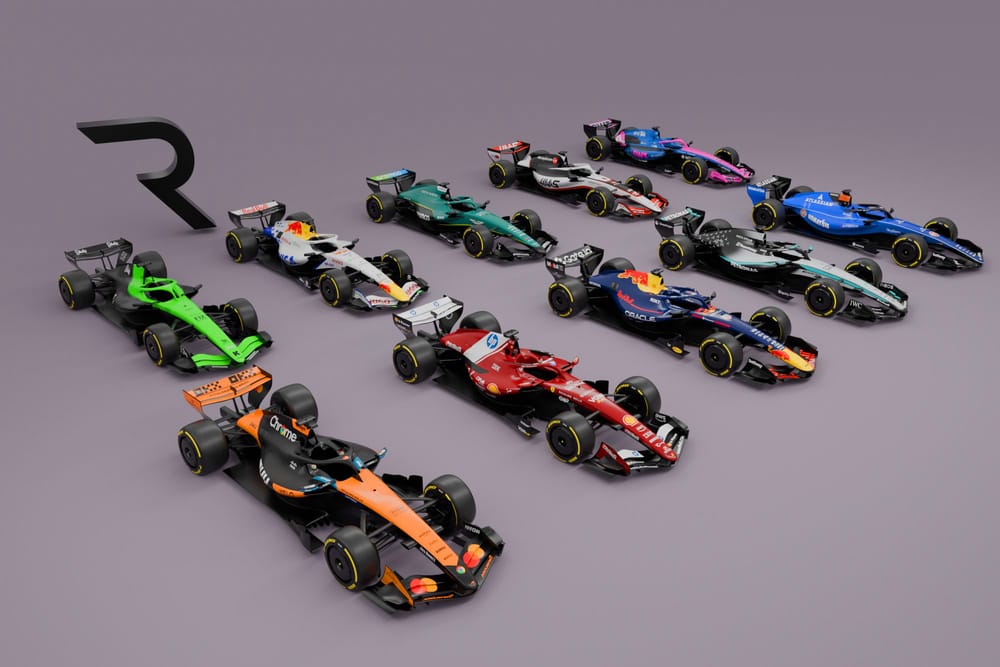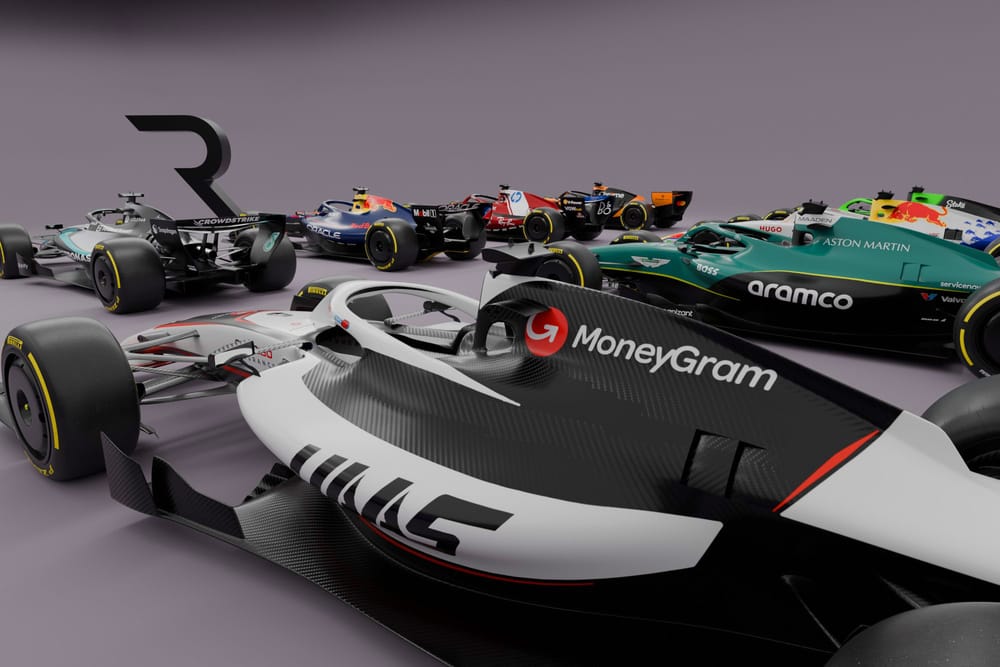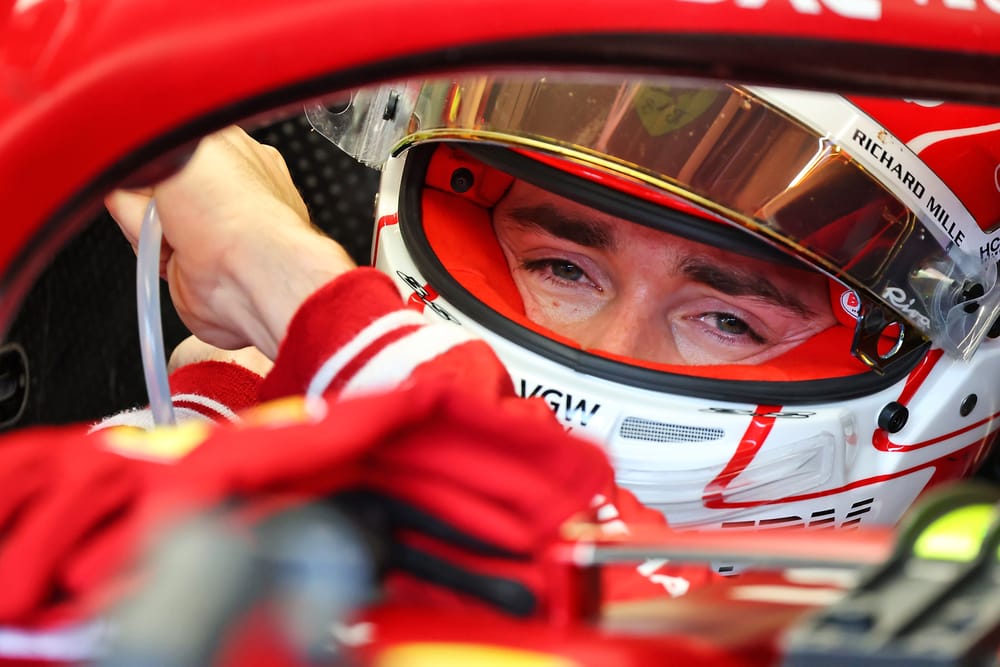The driving style demanded by the new-for-2026 Formula 1 cars is, according to Charles Leclerc, “so different”. With many of his peers sharing that view, what should we actually expect next year from those in the cockpit?
The need to maximise the energy recovered over a lap with the new power units is the defining characteristic of the 2026 cars.
The power units remain 1.6-litre, V6 turbos, as they have been since 2014, but are shorn of the MGU-H.
The power of the MGU-K increases from 120kW to 350kW (161bhp to 469bhp) thanks to the push to have a roughly 50/50 split of V6 to electrical power – in reality more like 55/45 in favour of the internal combustion engine. The demand for harvesting is therefore significantly higher.
That impacts the driving technique because there is set to be an increase in the need to lift and coast on the straights.
There’s also talk of premature downshifting to maximise the energy recovery, although the worst-case scenario predictions of regular multiple downshifts were based on early simulations that have long since been superseded. But whatever happens, harvesting energy will be crucial.
The extent of that challenge will depend on the circuit. Energy harvesting is restricted to 8.5 megajoules per lap, but not all circuits are equal.
At a circuit like Silverstone, with a low braking demand but plenty of flat-out running, drivers will be pushed to extremes to maximise the energy harvested.
By contrast, at tracks like Monaco or the Hungaroring, which are towards the upper end of the scale in terms of braking with limited long straights, the impact will be far smaller and, according to some, require little or perhaps even no adaptation compared to now in terms of lifting and coasting.
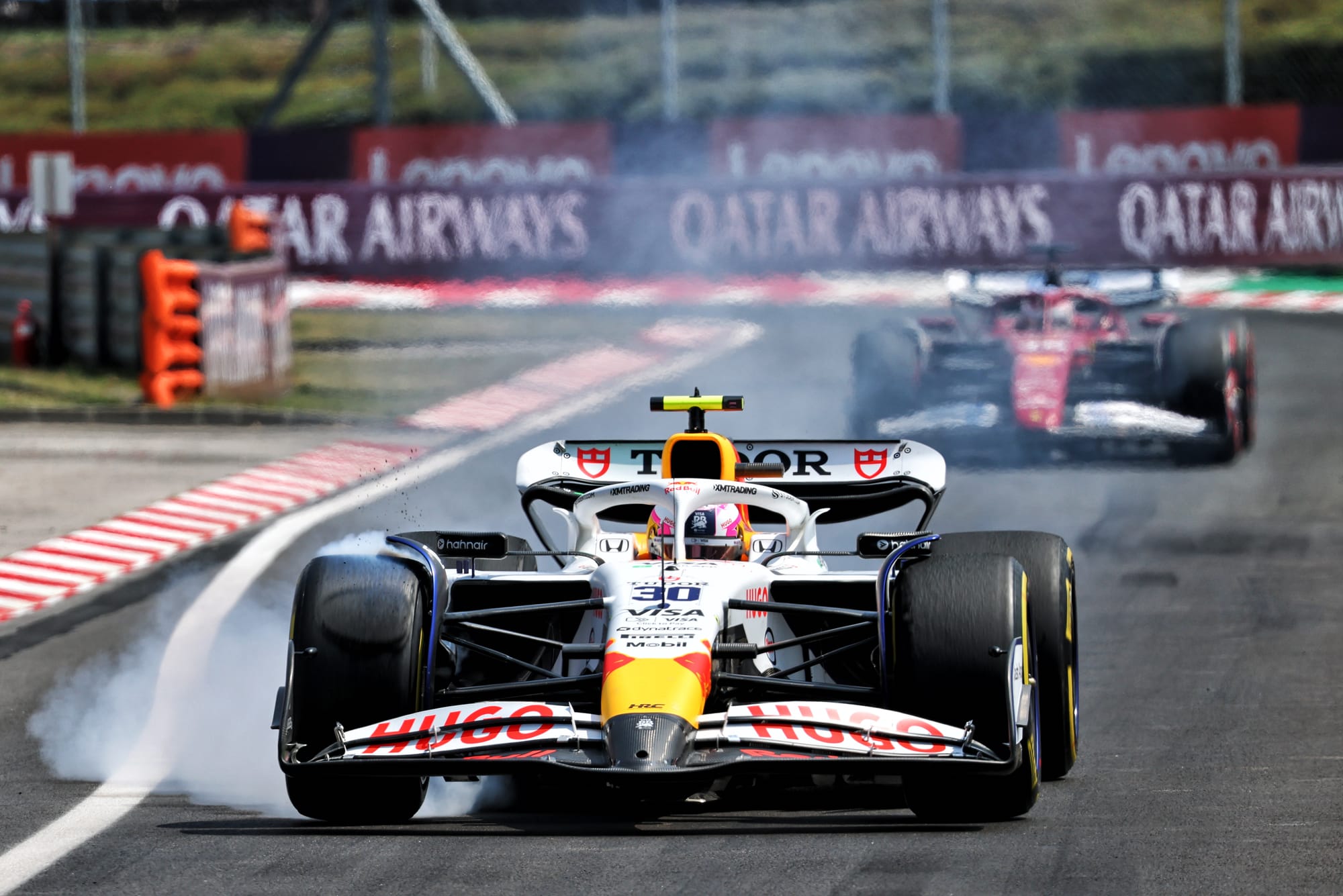
There’s also the braking systems themselves to be considered, with more of the braking done by the ERS system and the potential for smaller rear brake discs and the resulting dynamic impact on the car.
On top of that, there could also be some unusual throttle strategies deployed.
What’s clear is that drivers will often need to deploy a style where they less often immediately transition from full throttle to braking. It’s a technique they are well-versed in from having to lift and coast to save fuel, but it will be more extreme.
The challenge, therefore, is judging the constant adjustments in braking point in order to ensure good speed is carried into the corner. What’s more, there will be optimal ways to brake to ensure the energy harvested is maximised, which could be decisive at certain circuits.
This is why some drivers, such as Alex Albon, believe there could be advantages to be gained for those who adapt well.
On top of that, there will also be different braking demands in terms of the systems used as these will be conceived around maximising harvesting. Williams has what Albon calls a 'working group' focused on preparing the drivers for that change given the extent of the challenge.
“It will be different to anything we've used before,” said Albon. “We will get used to it, that's the job of the driver, but it is going to take some getting used to. Let's just say, for example, our winter break, I don't think it'll be spent as casually as it was the previous few years where we're just training and all that kind of thing.
“There’s going to be so much more attention on the simulator work that we're going to be doing over the winter, making sure that we understand how it all works and trying different driving styles and things to make it work.”
That’s significant given under the current regulations that some drivers adapted very rapidly to the modified braking demands.
Max Verstappen and Leclerc were two of the sharpest to adjust their braking profile to optimise the dynamics of the car at corner entry, something others had to catch up with. Some, such as Lewis Hamilton, appear to have never been entirely happy with these demands.
But there’s a potential double benefit next year given the need to drive quickly while managing the deployment and harvesting of energy. Albon likens that to what we’ve seen in the all-electric Formula E championship and thinks there will be compound gains from really nailing the driving style.

"It's really early days at the moment, but just look at Formula E - I think it's a more extreme version as to where we're going," said Albon.
“You can see how the drivers manipulate [the driving strategies in] the race and qualifying and how they deploy and all these kinds of things, to gain performance.
"It's not going to be at that extreme, but there will be an element of the drivers who have the brain capacity to understand and facilitate all these demands will go well.”
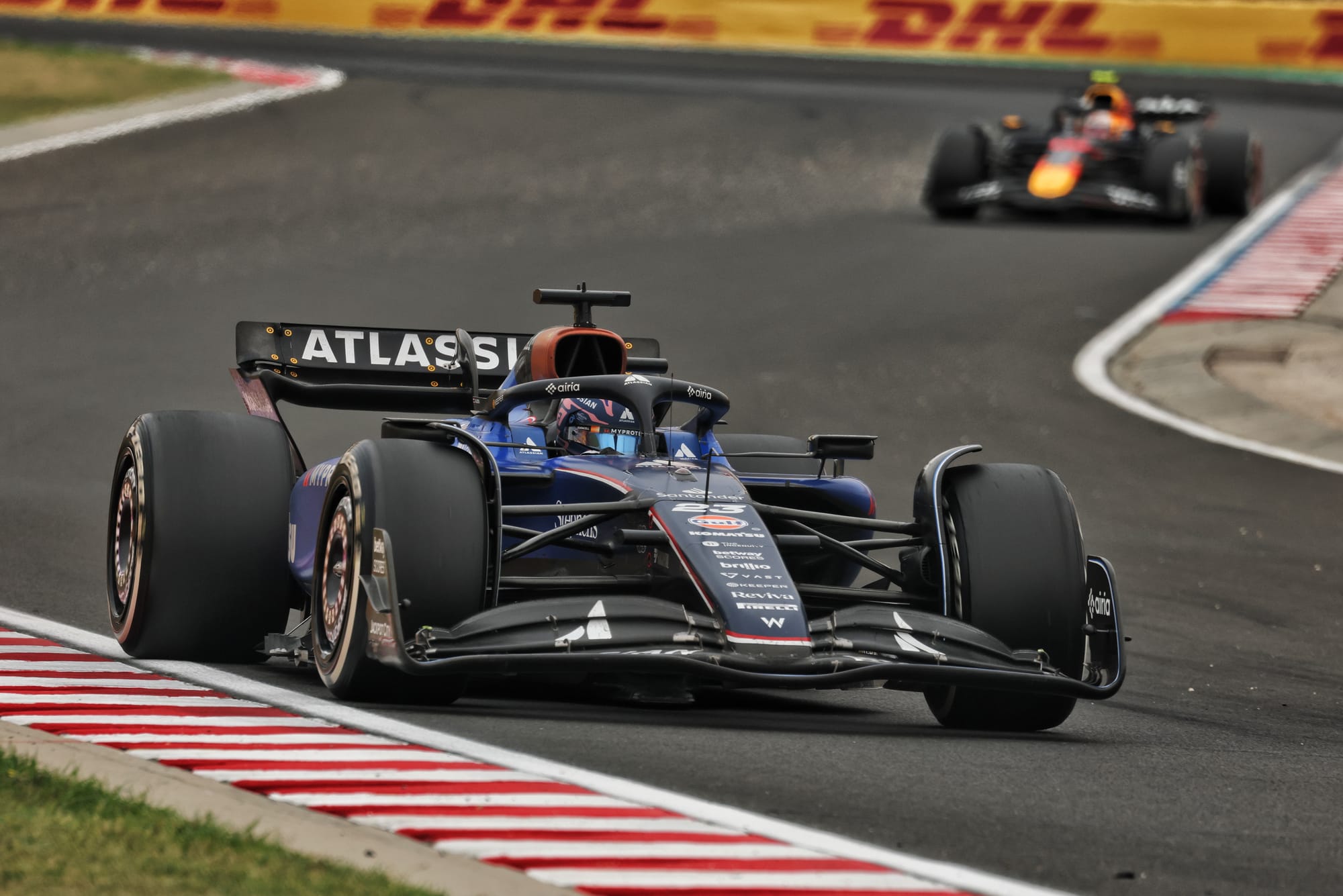
There will still be a premium on maximising pace into, through and out of corners as it’s a myth that lifting and coasting means driving slowly. If anything, there’s an art to driving quickly while doing that and drivers adept at this should benefit next year.
Current feedback indicates that the cars are also more benign in terms of their balance and easier to get into the right window than the current tricky machines thanks to the aerodynamic regulations.
That potentially means there will be a little more variety in what cornering styles are achievable, but only within the need to maximise the efficiency of the energy harvesting strategies.
The cars have less downforce and narrower tyres, which Pirelli has been asked to produce to make a contribution to the required reduction in drag, so that will impact cornering speeds.
However, it’s important to note that as these cars develop it’s very possible they will become more esoteric in terms of balance.
It’s possible that as the cars evolve, the level of rake (raised ride height at the rear relative to the front) will increase over time as teams find ways to ‘seal’ the underfloor and ensure it still works at higher ride heights.
And as cars are pushed into extremes as the optimum development path is followed, it’s possible they will become more specific in their cornering demands.
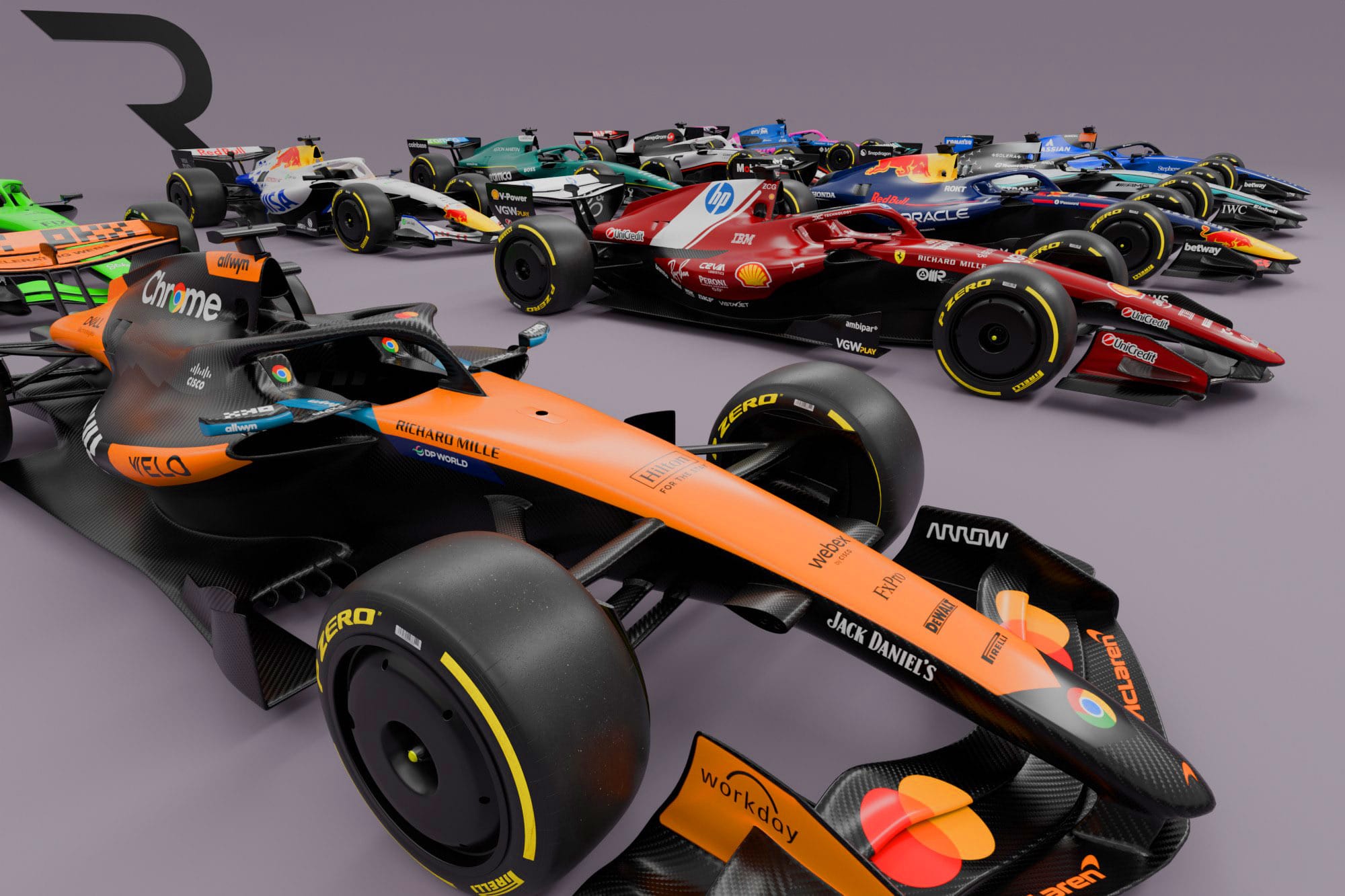
There are other changes that will be simpler to deal with.
For example, while there’s been much talk about the switch between straightline and corner mode, which knocks back the wing level on the straights, this should be neither a big challenge nor a significant opportunity provided the rules remain as expected.
This will be accessible in the mandated zones, which it has confirmed will be placed wherever the cars are not traction-limited, ie when comfortably at full throttle.
It won’t be until the real-world cars start running in late January that we can draw definitive conclusions on the driving style demands, especially given there are still details of the regulations being fine-tuned.
One thing is certain: the most adaptable and innovative drivers are likely to thrive with the changes to the 2026 cars.
This is a clip from our Driving Style Secrets Podcast with episode 1 dedicated to Michael Schumacher. Full episodes are available in The Race Members' Club, and you can get 90% off your first month on Patreon here.


